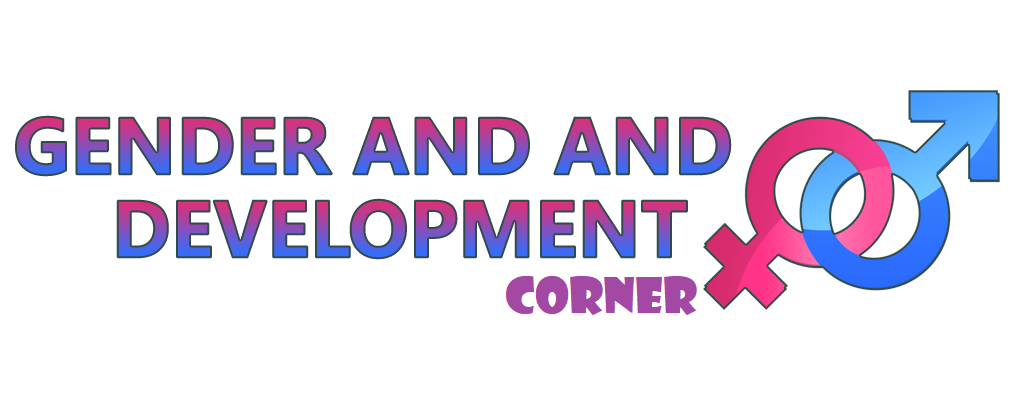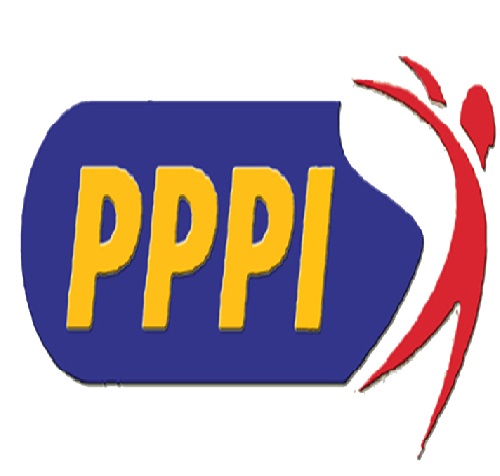
What is Gender and Development?
Philippine Commission on Women defined Gender and Development as the development perspective and process that is participatory and empowering, equitable, sustainable, free from violence, respectful of human rights, supportive of self-determination, and actualization of human potential.
How do Gender and Development start?
Gender and Development were developed in the 1980s as an alternative to the Women in Development (WID) approach.
Unlike WID, the GAD approach is not concerned specifically with women, but with the way in which society assigns roles, responsibilities, and expectations to both men and women.
GAD applies gender analysis to uncover the ways in which men and women work together, presenting results in neutral terms of economics and competence.
GAD focuses primarily on two major frameworks, Gender Roles and Social Relations Analysis. Gender role focus on the social construction of identities within the household, it also reveals the expectations from ‘maleness and femaleness’ in their relative access to resources. Social relations analysis exposes the social dimensions of hierarchical power relations embedded in social institutions; also its determining influence on ‘the relative position of men and women in society. In an attempt to create gender equality, (denoting women having the same opportunities as men, including the ability to participate in the public sphere) GAD policies aim to redefine traditional gender role expectations.
Gender and Development in the Philippines
Philippine Plan for Gender and Development, 1995-2025, is a National Plan that addresses, provides, and pursues full equality and development for men and women. Approved and adopted by former President Fidel V. Ramos as Executive No. 273, on September 8, 1995, it is the successor of the Philippine Development Plan for Women, 1989-1992 adopted by Executive No. 348 on February 17, 1989. Republic Act No. 9710, otherwise known as the Magna Carta of Women was approved on August 14, 2009, which mandates non-discriminatory and pro-gender equality and equity measures to enable women’s participation in the formulation, implementation, and evaluation of policies and plans for national, regional and local development.
A Memorandum Circular No. 2011 – 01 dated October 21, 2011, was released addressing all Government Departments including their attached agencies, offices, bureaus, State Universalities and Colleges (SUCs), Government-Owned and Controlled Corporations (GOCCs), and all other government instrumentalities as their guidelines and procedures for the establishment, strengthening and institutionalization of the GAD Focal Point System (GFPS).
Source: BIODIVERSITY MANAGEMENT BUREAU – DENR



